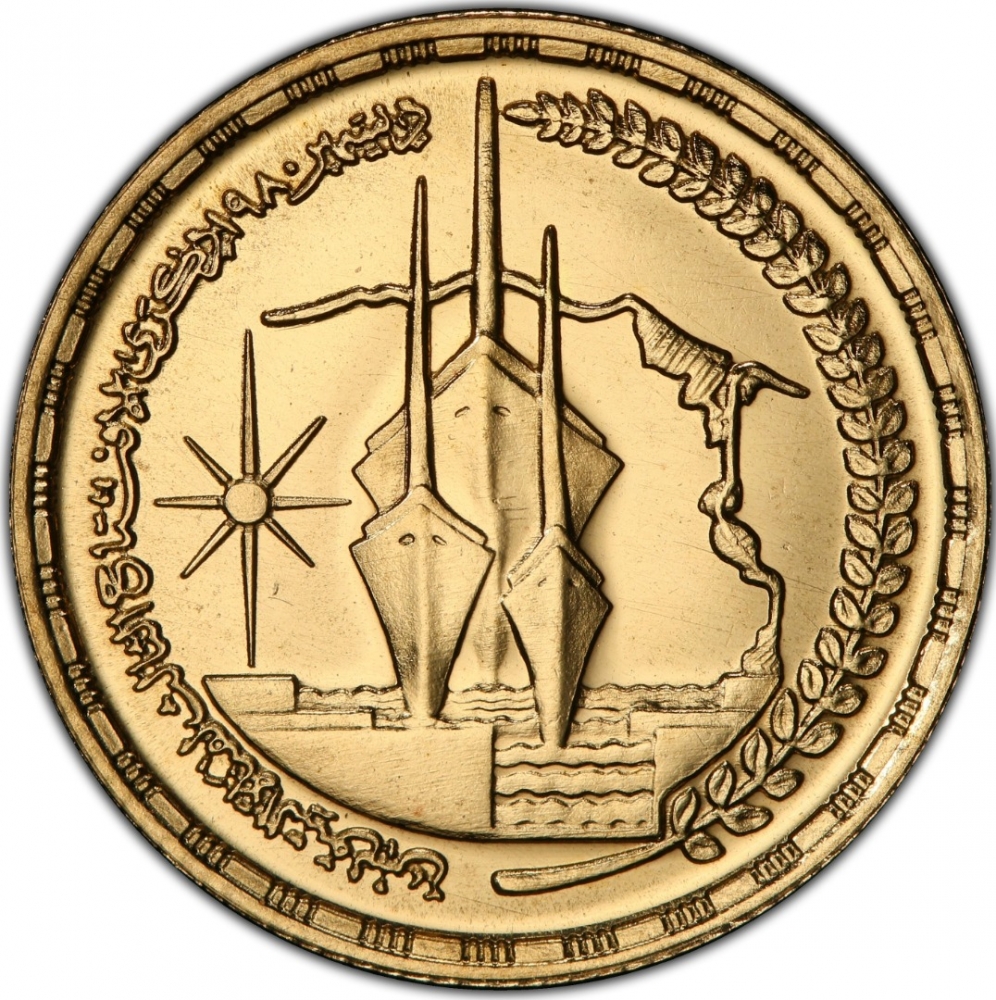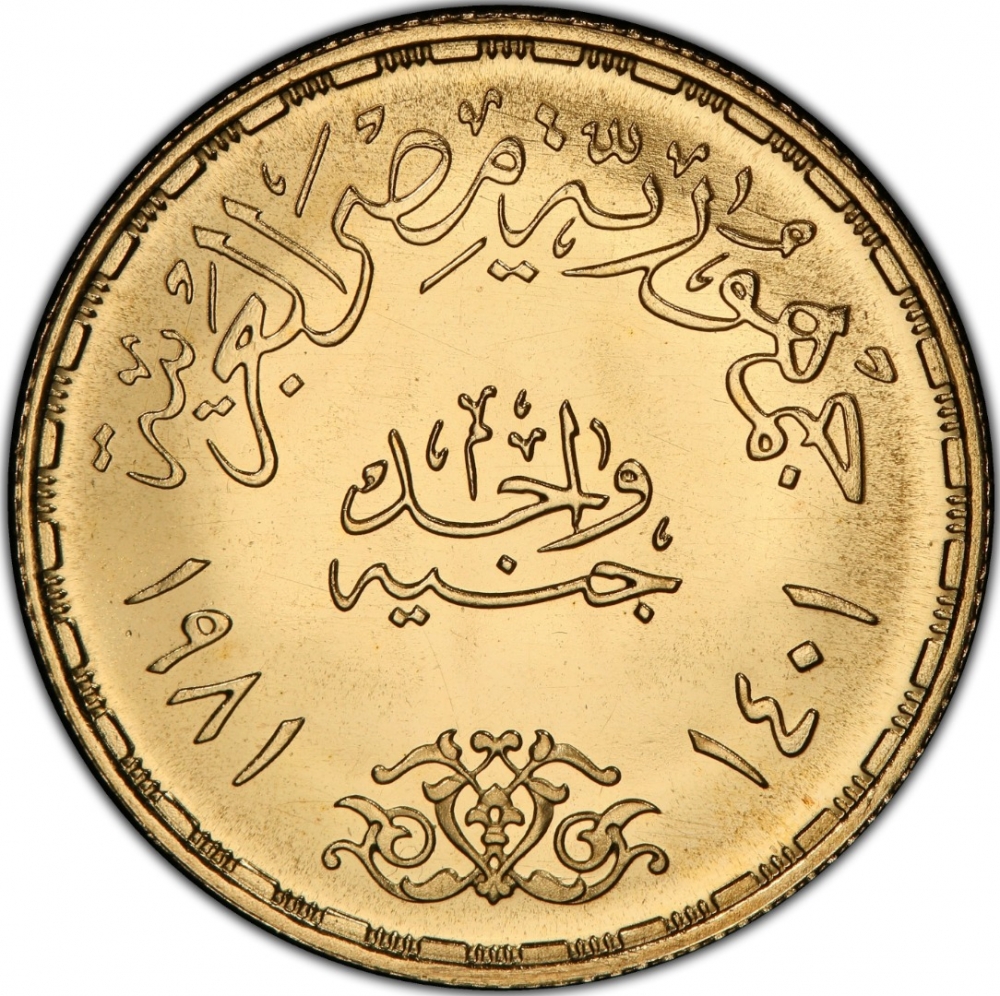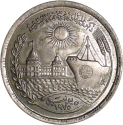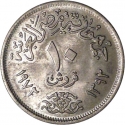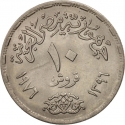You are about to finish your registration. Please check your mailbox (including spam folder). There should be a letter with a confirmation link. Check setting to make sure that your e-mail address is correct.
Send letter againDescription
The Suez Canal is an artificial sea-level waterway in Egypt, connecting the Mediterranean Sea to the Red Sea through the Isthmus of Suez; and dividing Africa and Asia.
On 5 June 1967, at the beginning of the Six Day War, Egypt closed the Suez Canal. The closure was sudden and unexpected – fifteen cargo ships known as "The Yellow Fleet"' were trapped inside during the closure. At the end of the war, the Egyptian and Israeli armies were stationed on either side of the canal and the prospects for reopening were very uncertain. The canal remained closed until the end of a second conflict – the Yom Kippur War – and subsequent peace negotiations, eight years later.
On June 5th, the Suez Canal was reopened. The reopening followed the second disengagement agreement between Israel and Egypt under which Israel pulled its forces further from the Canal Zone. For their part, the Egyptians pledged to open the Canal and rebuild the Canal cities.
In the first month after the canal was reopened, an average of only 11 ships a day used it. In April the figure was up to 46 ships a day in two convoys. Before the 1967 war, 60 ships made the trip daily.
Obverse

|
Depicts 3 ships between the Suez canal map and radiant sun, arced branch (right), the inscription 'December 1980 3rd anniversary of Reopening of the Suez Canal' (left). ديسمبر ١٩٨٠ ذكرى الافتتاح الثالث لقناة السويس |
|---|---|
Reverse

|
Denomination divides dates (Hegira and Gregorian), inscription "Arab Republic of Egypt" above. جمهورية مصر العربية |
| Edge |
1 Pound
Reopening of the Suez Canal
3rd Anniversary
Subscribe series
KM# 525
Reopening of the Suez Canal
3rd Anniversary
